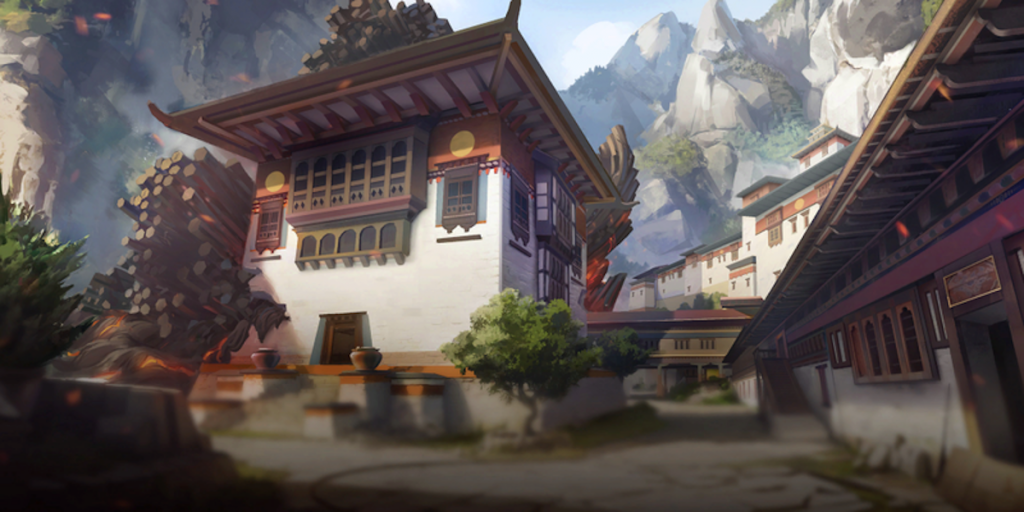
-Maggie Borland
The world of video games can get quite confusing. New games are constantly being added to the world of competition and esports is an ever-changing arena. So, today, we’re here to guide you through the basics of Valorant, Boise State’s newest gaming endeavor. The good news is, even if you’re unfamiliar with the world of video games, this one’s pretty easy to understand.
Objective
Valorant is a tactical 5 vs 5 first-person shooter (fps) game. There are two sides, one for each team: attack and defense. The attacker side has the objective to plant and defend a spike. If the spike successfully goes off (or they eliminate the other five players), the attacking side gets one point. They do this by first securing one of the plant sites.
The defender side protects these plant sites. If the spike is planted, the game’s not over, defenders will now have to defuse the spike within 45 seconds (defusal takes 7 seconds). The defender’s side gains a point if they deny the plant, defuse the spike, or eliminate all five attackers.
The winner is the first team to 13. So, each team will have the opportunity to play 12 rounds on each side. If the score line ever hits 12-12, the game will enter overtime. In overtime, the first team to have a 2 round lead will take the win.
Maps
Four different maps are available right now: Ascent, Bind, Haven, and Split. Another map is being added mid October, but we don’t have much information on it right now. An important thing to keep in mind— not all maps are created equal. What does this mean? Certain maps will be considered “attack sided”, or “defense sided”. This means that sometimes a particular side is typically easier to play.
If your favourite team finishes half (12 rounds) with a score of 4-8, this could be a really good score on certain maps. Score lines never tell the full story, so we’ll introduce you to the map basics and advantages to each map.
- Ascent: 2 plant sites, generally attack sided because of map size
- Bind (this is the one with the teleporters): 2 plant sites, balanced sides
- Haven: 3 plant sites, attack sided because defenders have to defend 3 sites.
- Split: 2 plant sites, heavily defense sided because of the map layout
Valorant basics are pretty easy to get the hang of after you’ve watched a couple games. Tune in on Thursday nights to watch Boise State play on Twitch.tv/BoiseStateUniversity and cheer on our Broncos! See you there!